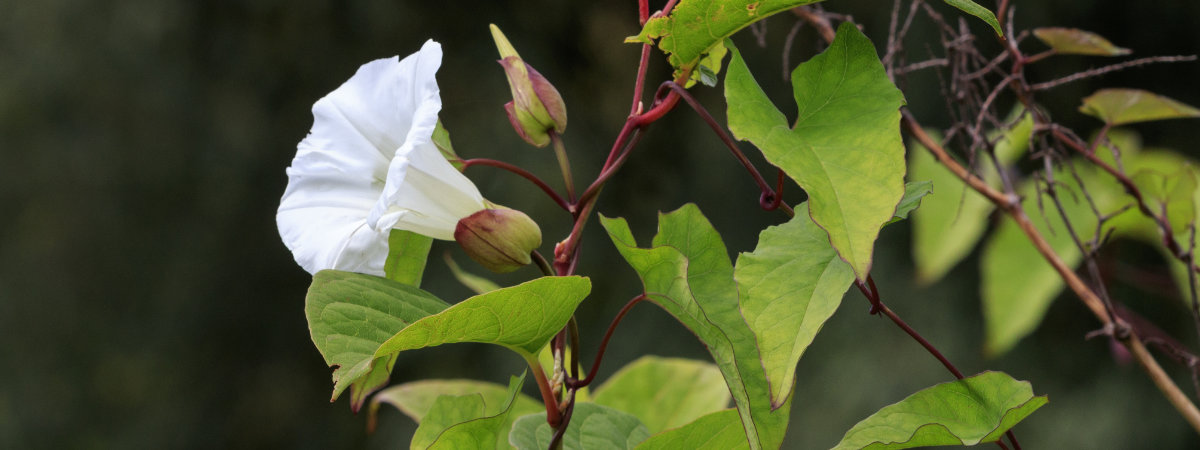Bindweed (Convolvulus arvensis) is one of the most difficult of weeds to eradicate – but there are ways to stop it strangling your plants with our guide on how to get rid of bindweed.
What is bindweed?
If those telltale tendrils are twisting their way up your plants, chances are bindweed has got a hold in your beds, borders and hedges. And despite the pretty white or pink trumpet-shaped blooms it produces, you really won’t want it strangling your plants.
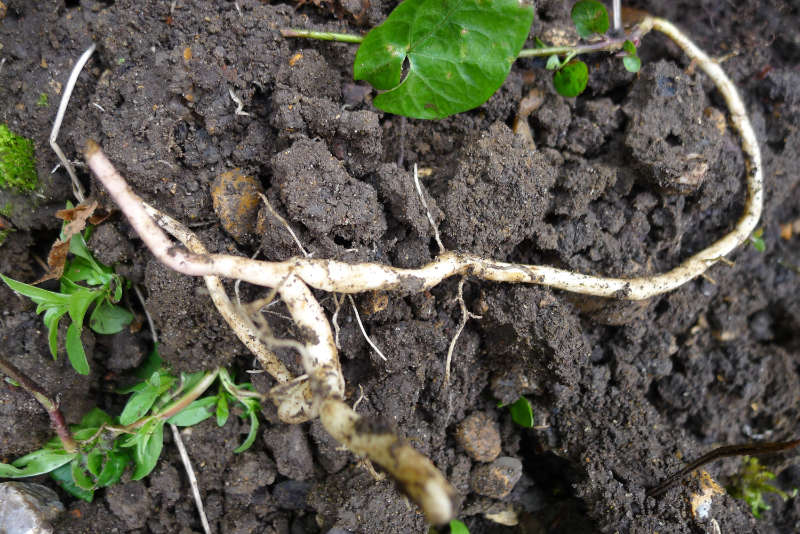
It’s one of the hardest perennial weeds to eradicate because of its deep roots. If you decide to dig the weed out, you’ll need to be careful as the roots break easily and each piece left in the ground will produce a new plant.
It chokes your plants and can quickly take over whole sections of garden, smothering everything in its path. So how can you tackle it?
Recommended: The best ground cover plants to prevent weeds in your garden.
How to get rid of bindweed
Time needed: 1 hour
Bindweed (Convolvulus arvensis) can be challenging to remove, and as spring arrives and bindweed starts to wind itself around your plants, it’s time to take action. Read our expert advice on how to get rid of bindweed – we’ve fine sure-fire options to try in your garden.
- Snip off bindweed at base
Once you have identified the plant (whose thick white roots run deep and also run horizontally, growing stems and leaves where they surface), see how much of it there is. If you just have a small patch, remove the top growth weekly to weaken and eventually kill the plants. Cut the bindweed at the base with scissors or shears, which will force it to use up its energy reserves in its roots, which will eventually kill it – but you have to do it regularly.
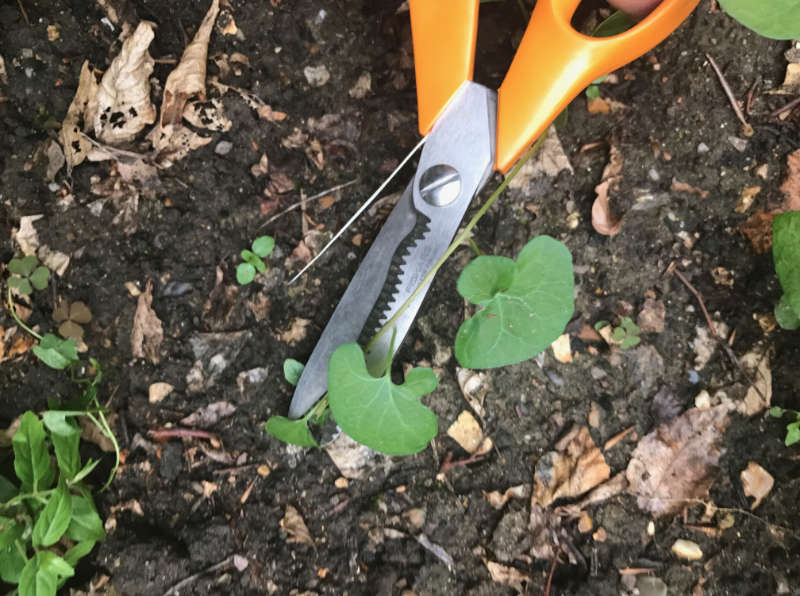
- Use a spot weedkiller
Use a spot weedkiller, taking care not to let it spread on to other plants, preferably a systemic type – glyphosate – which the plants’ leaves will absorb and take down to the roots, killing the whole thing. For maximum effect, do this in early summer when the bindweed is in full growth. Place bamboo canes where you see it to allow it to wind up them, so you can paint the weedkiller on the leaves for maximum effect.
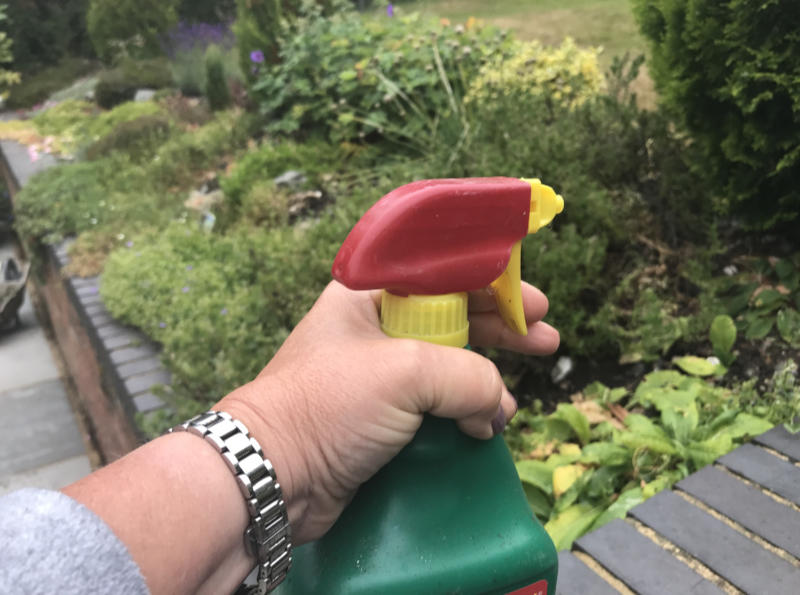
- Use boiling water to get rid of bindweed
If you don’t want to use weedkiller, pour boiling water over the bindweed and around three inches beyond where it is growing, to kill as much root as possible. You may have to do this regularly until there is no further sign of it.
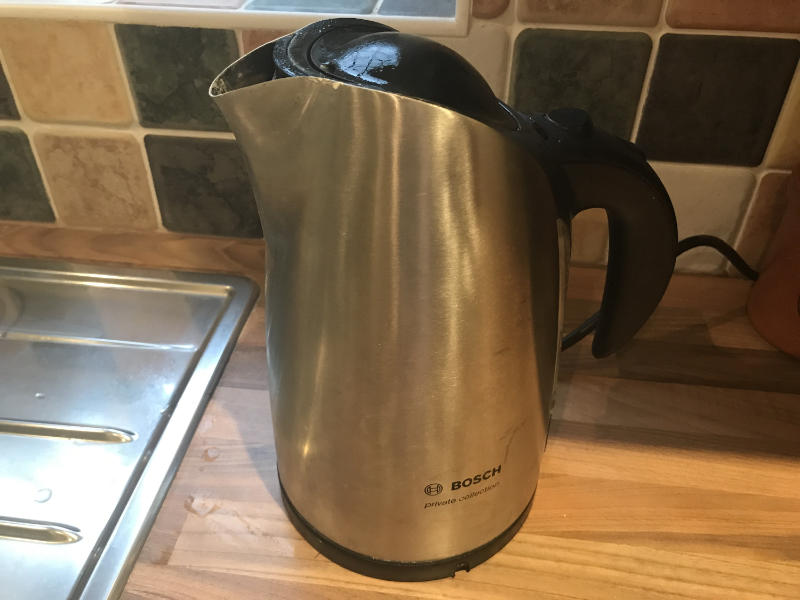
- Dig up affected plants
If your plants are engulfed in a mass of bindweed, you’ll have to dig up those you want to save and untangle them from the weeds, making sure you remove any traces of weed roots growing among the roots of the plants themselves, and temporarily pot the plants in compost.
Wait several weeks until the weeds are growing strongly, then spray with glyphosate. After a few weeks, all the weeds should have died and it should be safe to replant.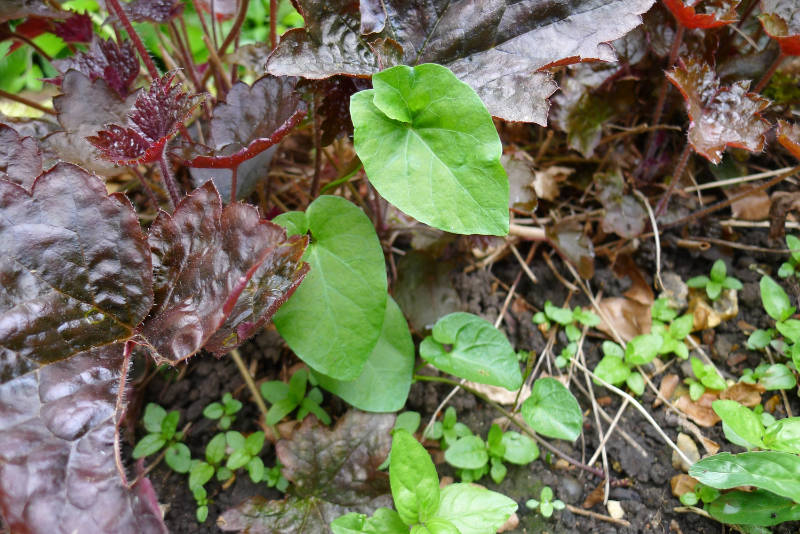
- Cover the affected area
If you garden organically, dig up the plants you want to save, removing weed roots from the plants’ own roots, then cover the whole area with black polythene and leave it for a year.
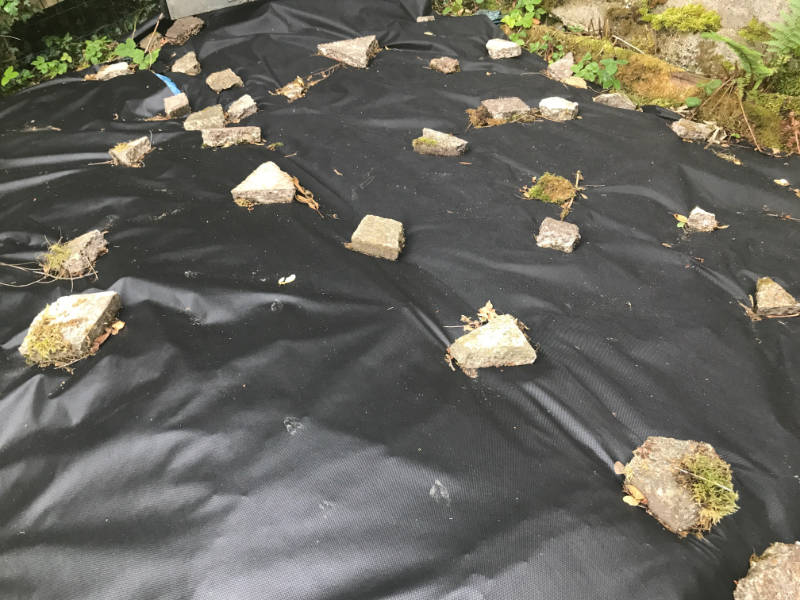
You may also be interested in…
Best-selling bindweed killer
Stuck for inspiration? Check out our list of best-selling Amazon products!
No products found.
This article may include affiliate links to products and services where we may receive a small fee to support the running of this site if you make a purchase or is a sponsored article from one of our select editorial partners providing valuable advice and information to our readers.























































